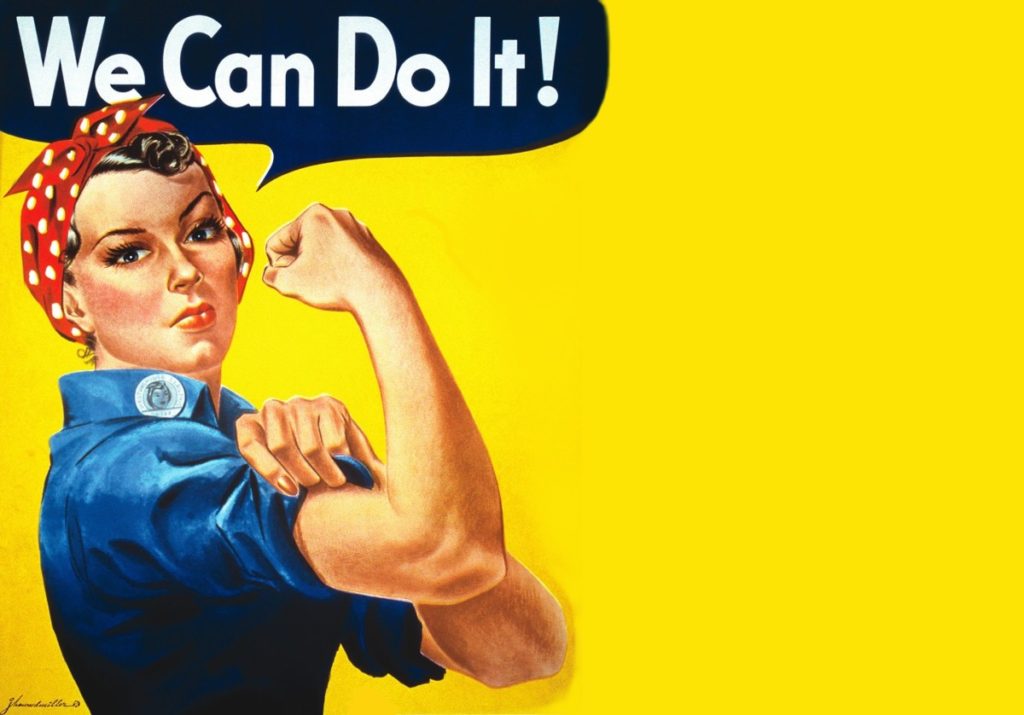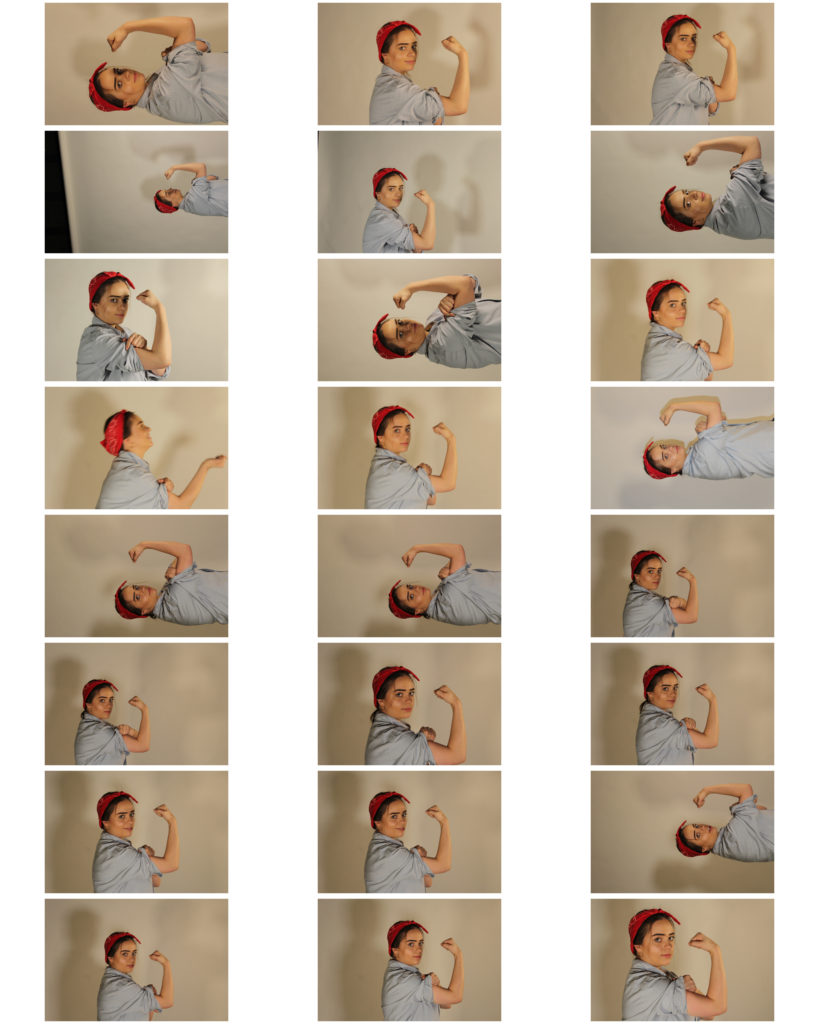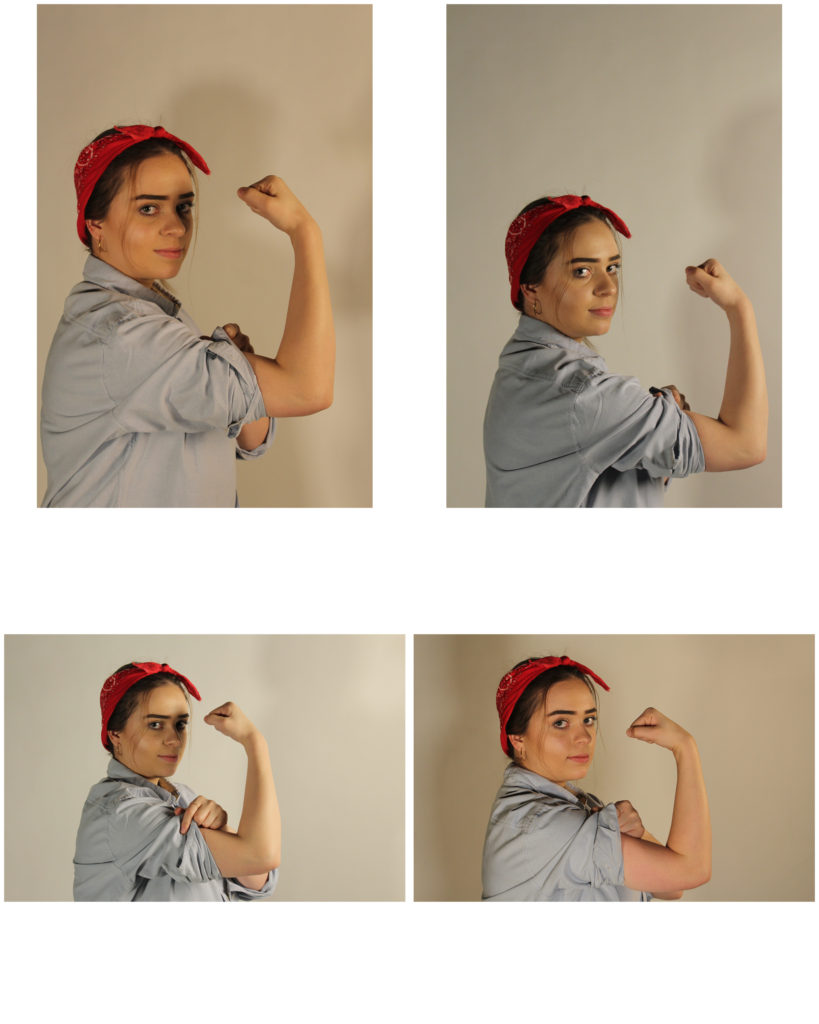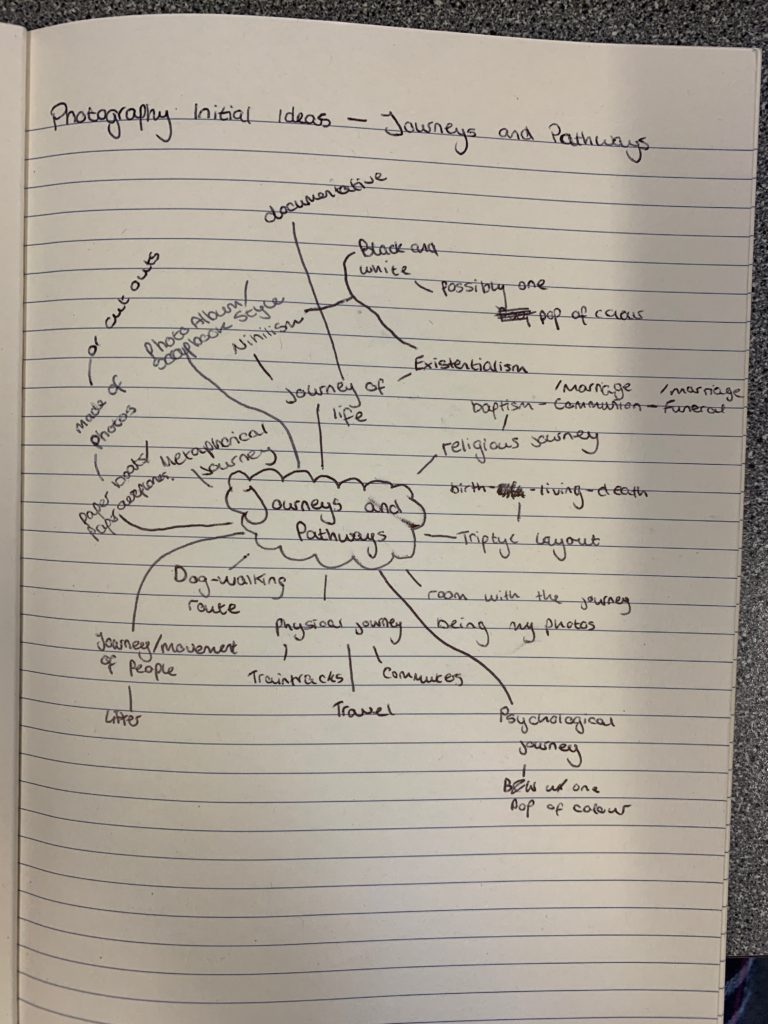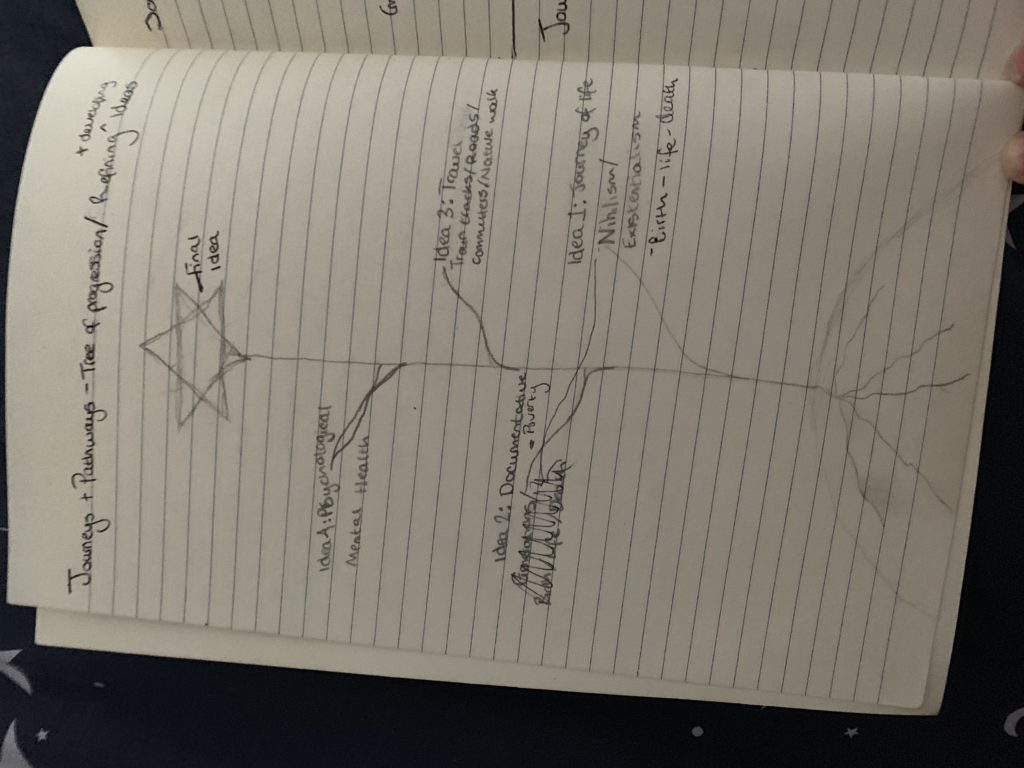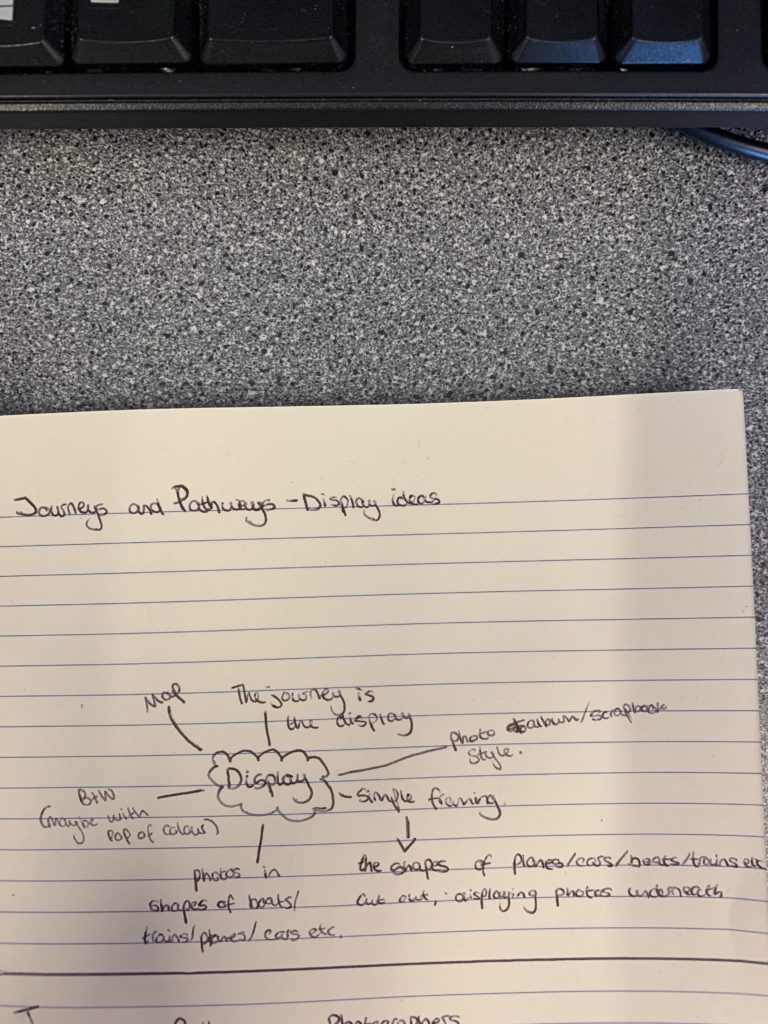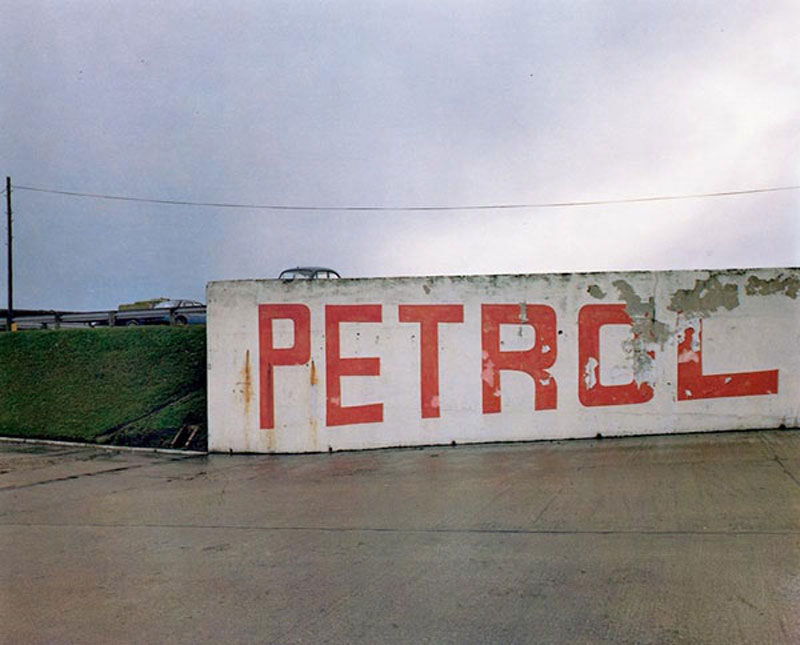Chosen Photograph:

Chosen Photograph
Above shows my chosen image to edit and experiment with, I have chosen this photograph as it was one of my most clear image and I feel that my subject is positioned well in the frame and there is good eye contact and facial expressions with the camera. The lighting is also good for in this photograph there is no need for too much adjusting of the brightness in this photograph which is why I have chosen to edit this photograph.
My aims while editing this photograph is to create a yellow tint in the background of the photograph to replicate the yellow background of the original poster as I feel this will really help the photograph to become better and enhance it.
Editing Process:

Editing 1
I began by adjusting the brightness and contrast so that I have a good base for adding on the filters for the colours.
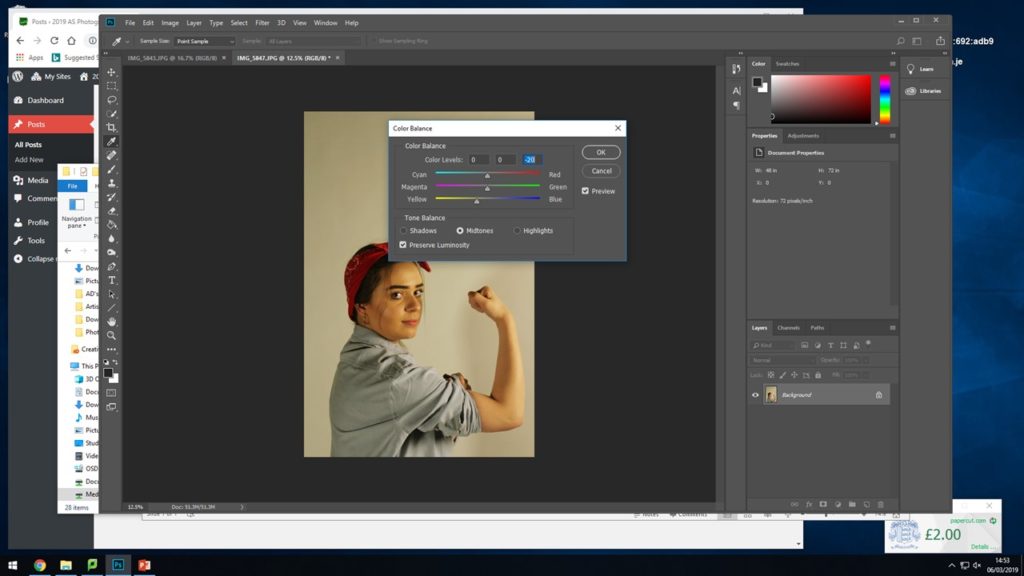
Editing 2
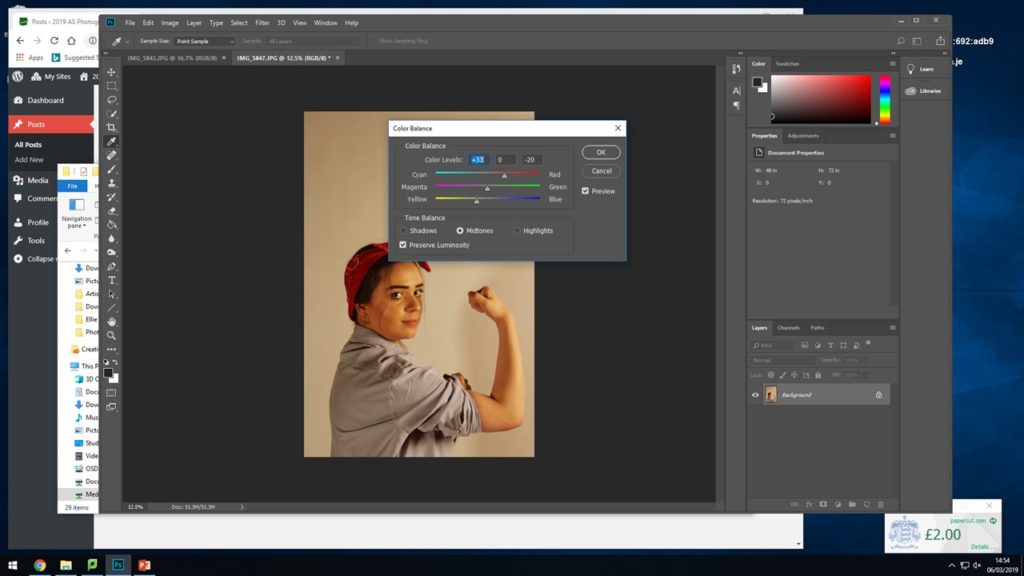
Editing 3
For the next two steps I experimented, adjusted and edited the strengths of the yellow and red colour tones coming through in the photograph. I did this so that there were already tints coming through and to make it easier to place the yellow warming on top.
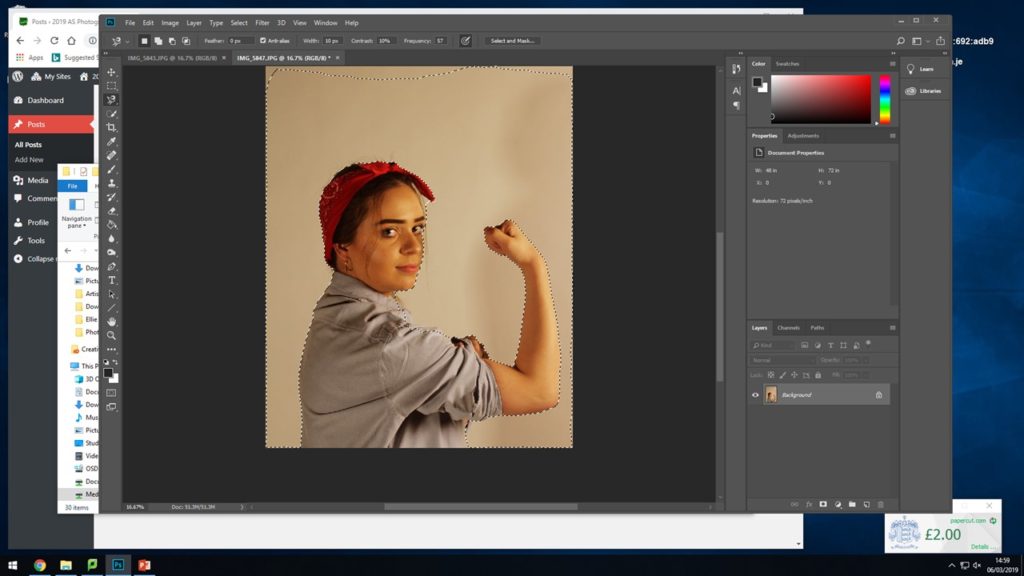
Editing 4
Here I selected the whole background area surrounding my subject, when adding on the warming and yellow filter I didn’t want them to mess and alter the colours and tones of the subject in the image, I wanted to try and keep the red and the blue of her shirt and head band so I selected al the way around her body and around the frame of the photograph to have a specific place to add the filters.
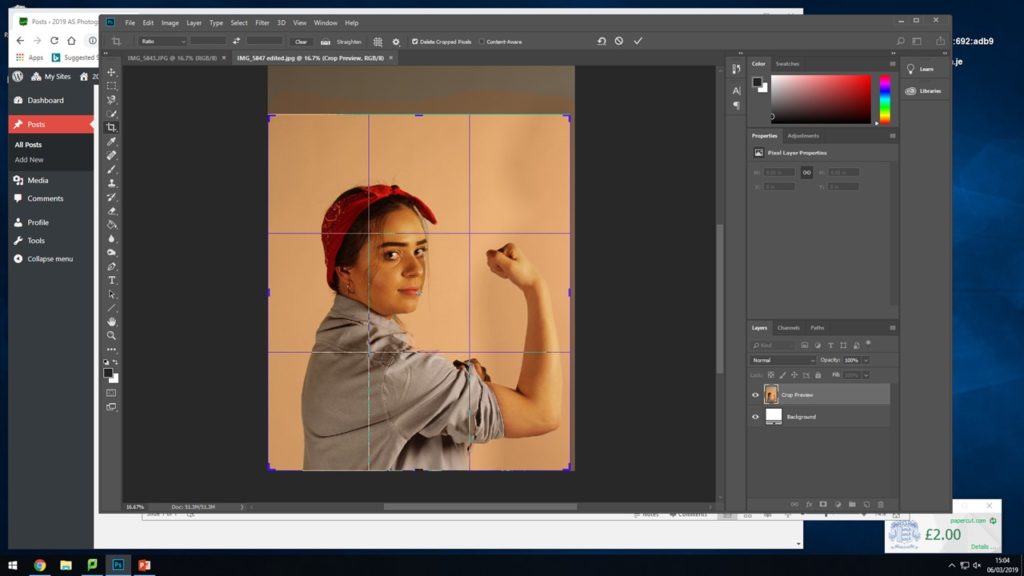
Editing 5
After adding on the filters I experimented with cropping the photograph down so that the subject fills more or less of the frame and see where it sits best as I did not want too much unnecessary blank space above her head.
Final Outcome:
This shows the final outcome for how I edited the photograph, I used the warming filter (81) as it had more yellow tones in which I felt worked well with the original photograph and also worked with this recreation. I feel this photoshoot and editing was a success and that it generated an accurate outcome I am happy with that I feel works well.

Final Outcome

